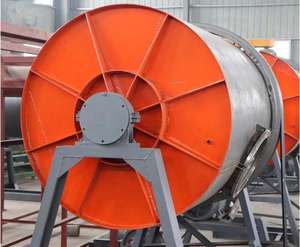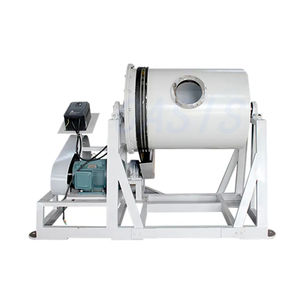Excavators are critical pieces of heavy machinery used in construction, mining, and earthmoving operations. Over time, exposure to moisture, chemicals, and environmental elements can lead to rust formation on excavator components, compromising structural integrity, operational efficiency, and safety. Addressing rust proactively is essential to extend the equipment’s lifespan and maintain performance. This article outlines professional strategies for rust prevention, mitigation, and repair on excavators.
(how to use excavator rust)
Rust occurs when iron or steel components oxidize due to prolonged contact with water, oxygen, and corrosive substances. Excavators are particularly vulnerable in areas such as hydraulic cylinders, undercarriages, booms, and buckets, where paint coatings may wear off or sustain damage. Early detection is critical. Conduct routine visual inspections to identify discoloration, pitting, or flaking paint—early signs of oxidation. Pay special attention to joints, welds, and crevices where moisture can accumulate.
Mechanical rust removal is the first step in addressing surface corrosion. For light rust, use wire brushes, abrasive pads, or grinding wheels to scrub affected areas manually. For extensive rust, consider abrasive blasting (sandblasting or grit blasting), which efficiently removes scale and prepares surfaces for recoating. Ensure the excavator is powered down and components are isolated during this process to avoid damage to hydraulic systems or electrical wiring. Wear appropriate personal protective equipment (PPE), including gloves, goggles, and respirators, to safeguard against airborne particles.
Chemical treatments offer an alternative for rust removal and inhibition. Phosphoric acid-based rust converters chemically react with iron oxide to form a stable, protective layer of iron phosphate, preventing further oxidation. Apply the solution to rusted areas using a brush or spray, following manufacturer guidelines for dwell time and neutralization. After treatment, rinse the surface thoroughly with water and allow it to dry. For ongoing protection, apply rust-inhibiting primers or coatings designed for heavy machinery.
Recoating exposed metal surfaces is vital to prevent rust recurrence. After mechanical or chemical cleaning, apply a high-quality epoxy primer to create a corrosion-resistant base. Follow with a polyurethane or enamel topcoat for durability and UV resistance. Ensure proper surface preparation—remove all contaminants, grease, and loose particles before painting. For components prone to abrasion, such as buckets or blades, consider using ceramic-reinforced coatings or sacrificial wear plates to enhance protection.
Preventive maintenance is key to minimizing rust formation. Store excavators in dry, covered areas when not in use to reduce exposure to rain and humidity. If outdoor storage is unavoidable, use waterproof tarps and elevate the machine to prevent contact with standing water. Regularly clean the excavator after use, removing mud, debris, and corrosive materials like road salt or chemical residues. Apply silicone-based lubricants or anti-corrosion sprays to pivot points, hydraulic rods, and other vulnerable parts to create a moisture-repellent barrier.
Undercarriage maintenance demands special attention due to constant exposure to abrasive materials and moisture. Inspect track links, rollers, and idlers for rust buildup, and pressure-wash the undercarriage after operating in wet or muddy conditions. Apply a corrosion-resistant grease to bushings and bearings, and replace worn-out seals to prevent water ingress. For long-term protection, consider galvanizing or powder-coating replacement parts to enhance their resistance to oxidation.
Hydraulic systems are susceptible to rust-induced failures. Check hydraulic cylinders for pitting or scoring, which can lead to fluid leaks and operational inefficiencies. Replace corroded rods and reseal cylinders using high-quality kits. Use desiccant breathers on hydraulic reservoirs to minimize moisture ingress, and monitor fluid purity through regular sampling.
Incorporate advanced technologies for rust prevention. Cathodic protection systems, often used in marine environments, can be adapted for excavators. These systems use sacrificial anodes made of zinc or magnesium, which corrode preferentially, protecting the underlying steel. Additionally, IoT-enabled sensors can monitor environmental conditions and alert operators to rising humidity levels, enabling timely interventions.
(how to use excavator rust)
In conclusion, effective rust management for excavators requires a combination of proactive inspection, mechanical and chemical treatments, recoating, and preventive practices. By integrating these strategies into routine maintenance schedules, operators can mitigate corrosion risks, reduce downtime, and optimize the longevity of their equipment. Prioritizing rust prevention not only safeguards the excavator’s functionality but also ensures safer worksites and lower long-term repair costs.


